
1890s Fashions for Misses and Girls (Winter of 1892 – The Delineator)

The late 19th century was a period where fashion reflected both societal norms and the changing roles of women and young ladies. In The Delineator’s January 1892 issue, winter fashions for young women and girls were beautifully illustrated, giving us a glimpse into what was considered stylish and appropriate for the colder months of that year. These scanned fashion plates offer more than just designs—they highlight a time when clothing played a vital role in defining social hierarchy, modesty, and even gender roles.
For teenage girls and young misses, clothing in the early 1890s often mirrored the styles worn by adult women, with minor adjustments to suit their age or perceived level of maturity. The dresses were often elaborate, heavily influenced by the Victorian aesthetics of the time, characterized by high collars, tightly fitted bodices, full skirts, and numerous layers. Fashion was both an expression of elegance and modesty—a stark contrast to our casual modern attire. Teenage girls were expected to begin wearing corsets, and many of their garments incorporated detailed embellishments, such as lace trims, bows, and frills, creating a silhouette that emphasized a budding femininity without crossing into the boldness associated with more mature women.
Looking at these illustrations, one cannot help but marvel at the intricacies involved. Winter wear often included heavy fabrics like wool, velvet, and corduroy to combat the cold, paired with luxurious trims like fur collars or cuffs. These garments, though warm, certainly compromised ease and movement. Girls were also clad in layers of petticoats, giving strong support to the large, bell-shaped skirts.
Perhaps the most surprising aspect of winter fashions for little girls in this era is how much effort went into dressing children like miniature adults. Seven-year-olds in particular were styled in clothing that looks restrictive by modern standards. It’s hard to imagine today’s children donning heavy frills, pinnafores, or structured bodices over layers of undergarments. The visual focus was often on creating a doll-like appearance, laden with charm and propriety, but with little regard for comfort or practicality.
Young girls’ wardrobes were also supplemented by practical garments like aprons and pinafores, which served both functional and decorative purposes. These were often layered over their dresses to protect the fine fabrics beneath. Interestingly, pinafores carried an everyday, work-like connotation yet were made elegant, hinting at the intersection of practicality and vanity that dominated 19th-century fashion ethos.
A Reflection of Societal Expectations:
Fashion wasn’t only about trends or personal style in the 1890s—it was a reflection of cultural norms. Girls’ clothing subtly prepared them for their eventual responsibilities as women in a society dominated by rigid structure. By dressing young girls in almost identical styles as their mothers, it reinforced the ideas of refined womanhood and domestic preparation. Clothing was just as much about social upbringing as it was about protection from the elements.
Another fascinating element of fashion during this time was the inspiration it drew from evolving industrial advancements and colonial influences. The Victorian era was a time of prosperity for the middle and upper classes, and with the rise of textile factories and the availability of ready-made garments, clothing became slightly more accessible. However, garments for children and women still required significant tailoring, given the precise fits and details expected.
1890s: Fashions for Different Occasions and Seasons:
By winter 1892, specific winter styles had taken the stage, with garments tailored for various occasions, including church services, holidays, or family gatherings. Dresses were often accessorized with gloves, hats, and muffs during winter strolls, emphasizing the importance of completing the look. Young girls also wore lace-up boots made of leather to keep their feet warm, often lined with wool for extra insulation against the cold weather. Outerwear such as capes or cloaks made of thick wool or fur was another essential part of their wardrobes.
Cultural Note:
One must also note how the 1890s marked the tail end of the Victorian era’s dominance in fashion. This was an era where the roles of women were slowly beginning to shift, with the emergence of educational opportunities and conversations about suffrage. Still, young girls in 1892 were taught to prioritize their appearance and poise, traits highly sought after in young women of the period, which were deeply instilled through their upbringing—and their dress.
Final Thoughts:
The scanned pages and illustrations from The Delineator offer more than a window into fashion—they provide a snapshot of a time when clothing articulated a family’s social status and values. It’s fascinating to contrast these layers of frills, corsets, and petticoats with today’s trends, which favor functionality and personal expression over strict gender roles or societal expectations. How times have changed!
Take a look for yourself at these historic fashion plates below. The artistry and precision in these images capture the meticulous attention to detail that defined winter fashions for girls at the turn of the century. While a 7-year-old today might squirm at the thought of wearing such structured and intricate layers, these designs remain a testament to the beauty and structure that typified 19th-century clothing.




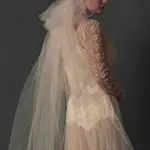














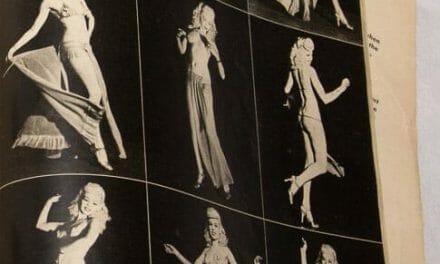
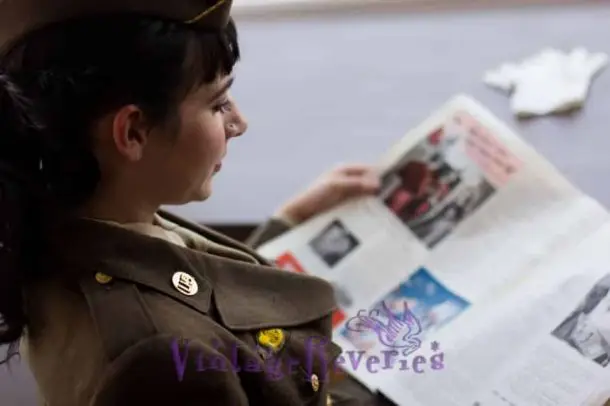


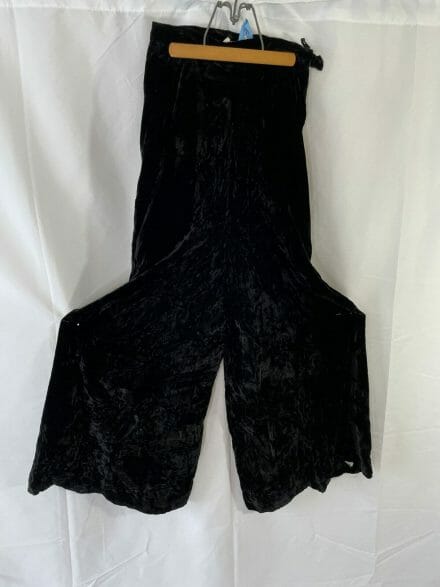

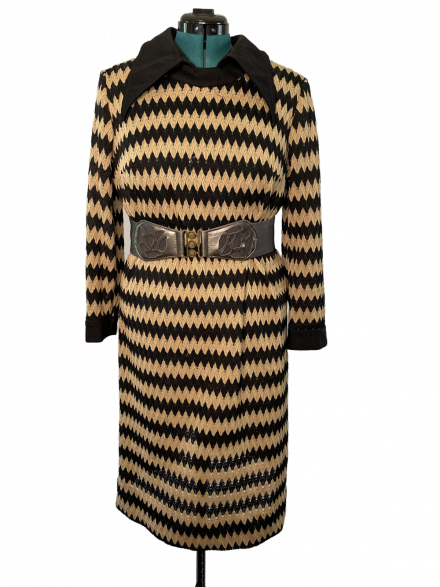


You must be logged in to post a comment.